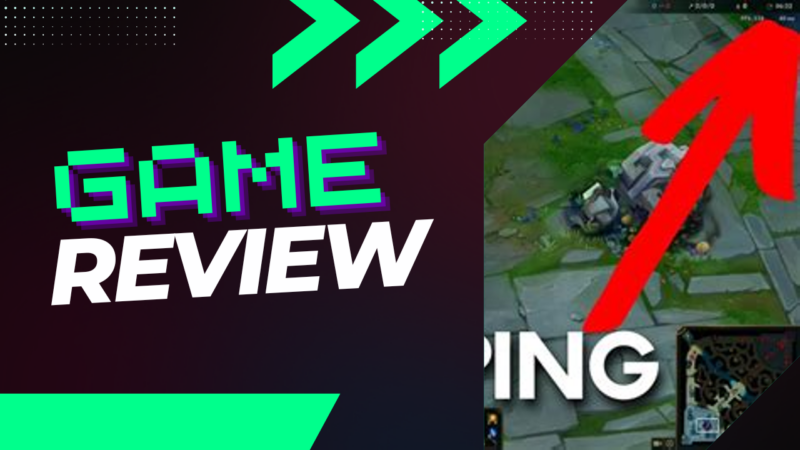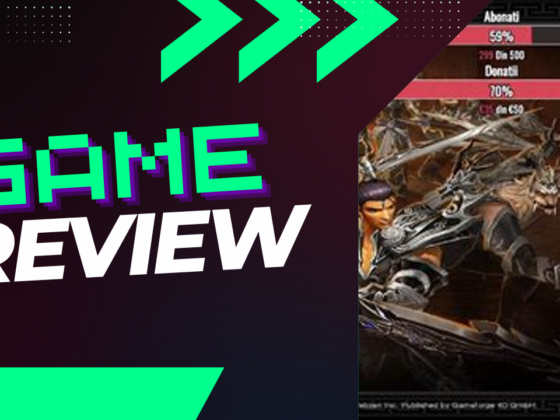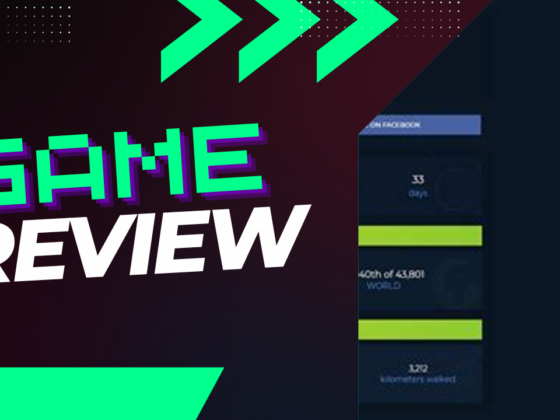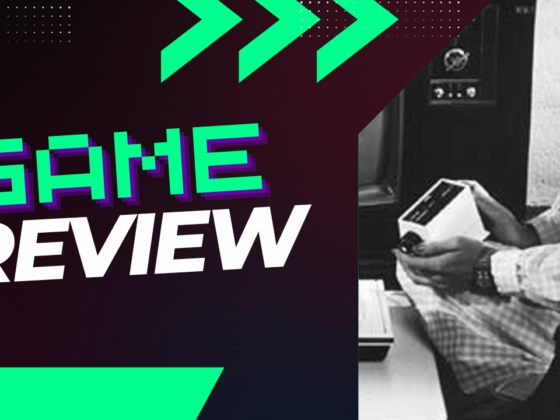Is a ping of 100 ms in League of Legends the kiss of death for your gaming experience, or merely a minor bump in the road? While it’s certainly feasible to play with that level of latency, it nudges you out of the sweet spot that competitive players dream of, which is typically below 50 ms. Imagine trying to dance with a partner who’s a beat behind; a delay like that can twist even the most choreographed moves into a chaotic shuffle. As we dive into this discussion, let’s explore the nuances of what it means to game with 100 ping and how it colors the summoning of your champion on the Rift.
Is 100 ping in League of Legends considered bad?
While a ping of 100 ms in League of Legends is playable, it falls short of the ideal conditions for competitive gameplay.
Typically, players aim for a latency below 50 ms to ensure smooth and responsive gaming experiences. At 100 ms, you may encounter noticeable delays and input lag, which can lead to frustrating issues like rubber-banding—where your character momentarily jumps back to a previous position. This can severely impact your ability to react quickly and execute game mechanics effectively, especially in crucial moments such as team fights or skill shots. In fast-paced, precision-based environments like League of Legends, maintaining low ping is essential for optimal performance. Therefore, if you’re consistently experiencing high ping, improving your internet connection or considering a more stable server location can make a significant difference in your gaming experience.
How does 100 ping affect gameplay in League of Legends?
A ping of 100 ms can significantly impact gameplay in League of Legends, resulting in noticeable challenges for players.
Primarily, this level of ping causes input lag, which means that actions performed on the keyboard or mouse may not register in the game instantaneously. This delay can diminish the precision needed for quick reactions, making it harder to execute movements, cast abilities, or land attacks effectively. As a result, players might miss opportunities or find themselves outmaneuvered by opponents who are reacting faster.
Additionally, with a 100 ms ping, players often struggle with accurately hitting moving targets. The delay can create a disconnect between the player’s perception of timing and the actual game state, as there’s a gap between what they see on their screen and the information being relayed from the server. This can lead to frustrating situations where a player believes they are targeting an enemy but fails to hit due to the server’s delay in registering that action.
For instance, try landing skill shots or dodging enemy attacks can become a game of guesswork, potentially putting players at a greater disadvantage compared to those with lower ping rates. Therefore, while a ping of 100 ms is playable, improving your connection speed could enhance both your accuracy and overall gameplay experience.
Can I still enjoy League of Legends with 100 ping?
Can I still enjoy League of Legends with 100 ping?
Absolutely! Many players manage to enjoy League of Legends with 100 ping, but it’s important to note that the overall gameplay experience can be affected. Those who are used to higher latency often adapt and can still perform reasonably well despite the slight delays. For instance, they might develop a better sense of timing or learn to predict enemy movements.
However, if you’re a competitive player or find yourself in high-stakes situations, this level of latency can pose challenges. Precision reactions are crucial, especially during team fights or when executing complex strategies that rely on split-second timing. In such cases, it’s not uncommon to miss critical skill shots or miscalculate movements.
To improve your game even with 100 ping, consider these tips:
- Positioning is Key: Focus on staying in safer positions to reduce reliance on lightning-fast reactions.
- Communicate with Your Team: Use pinging and chat effectively to keep your teammates informed.
- Practice Timing: Spend some time in custom matches to get accustomed to the delayed response.
- Use Champions with Lag Tolerance: Opt for champions that are less dependent on precision skills or can initiate fights from a distance.
Additionally, consider adjusting your game settings to minimize other performance issues, such as reducing graphic settings or closing background applications to ensure your connection remains stable. While 100 ping can present challenges, many players find ways to adapt and continue enjoying the game. Remember, it’s all about finding strategies that suit your playstyle!
Is there a difference in how 100 ping affects different game genres?
Is there a difference in how 100 ping affects different game genres?
Yes, the impact of a 100 ms ping varies significantly across game genres. Generally, first-person shooters (FPS) are more sensitive to high latency compared to real-time strategy (RTS) games.
In FPS games, a lag of 100 ms can create noticeable delays in player actions, making it difficult to aim accurately and respond in real-time situations, which can be critical during fast-paced encounters. For example, a player might find themselves firing at an enemy only to have their shot register moments later, potentially resulting in missed opportunities to succeed in competitive gameplay.
On the other hand, RTS games can typically accommodate slightly higher latency, as players often have the ability to queue commands and make strategic decisions over a longer timeframe. Actions such as building units or managing resources can occur in a more planned manner, allowing for some resilience against latency. However, it’s essential to note that excessive ping can still hinder the overall strategic flow and response time in RTS games.
In summary, while 100 ms ping is manageable for some genres, FPS players may find it considerably more detrimental than those engaged in RTS games.
What is considered a “good” ping for playing League of Legends?
A ping of under 30 ms is deemed excellent for playing League of Legends, while a ping in the range of 30 to 50 ms is generally acceptable and should not significantly impact gameplay. However, as a rule of thumb, the lower the ping, the smoother and more responsive your gaming experience will be. When ping exceeds 100 ms, players may start to notice latency issues, which can adversely affect their performance.
To put things into perspective, here’s a breakdown of ping categories:
- Under 30 ms: Exceptional performance; actions are registered almost instantaneously.
- 30-50 ms: Good performance; lag is minimal and typically unnoticeable for most players.
- 50-100 ms: Average performance; might experience occasional delays, but still playable.
- Above 100 ms: Poor performance; noticeable lag can disrupt gameplay and impact competitive play.
In competitive games like League of Legends, where quick reflexes and timing are critical, striving for the lowest possible ping is key. Consider optimizing your internet connection by using a wired connection instead of Wi-Fi, minimizing background internet usage, and choosing gaming servers that are closer to your geographical location to achieve better ping times.
How can I reduce my ping in League of Legends?
To effectively reduce your ping in League of Legends, try implementing the following strategies:
1. Use a Wired Connection: Opt for a wired Ethernet connection instead of Wi-Fi. Wired connections are generally more stable and can significantly decrease latency, helping you stay competitive in-game.
2. Limit Background Applications: Close any unnecessary applications that might be consuming bandwidth, such as streaming services or file downloads, as they can interfere with your game’s performance.
3. Restart Your Router and Modem: Regularly restarting your router and modem can clear cache and refresh connections, potentially improving your ping.
4. Utilize Game Optimizers: Consider using dedicated tools aimed at enhancing gaming performance, like LagoFast, which may help in optimizing your connection specifically for League of Legends.
5. Check Server Status: Occasionally, high ping can be attributed to server issues on Riot Games’ end. Visit their official server status page to see if there are any ongoing problems.
Additionally, it may be beneficial to run a speed test to assess your Internet connection and verify your ping times. Keeping your gaming software and drivers up to date also ensures optimal performance. By following these tips, you can enhance your gaming experience and reduce frustrating lag.









